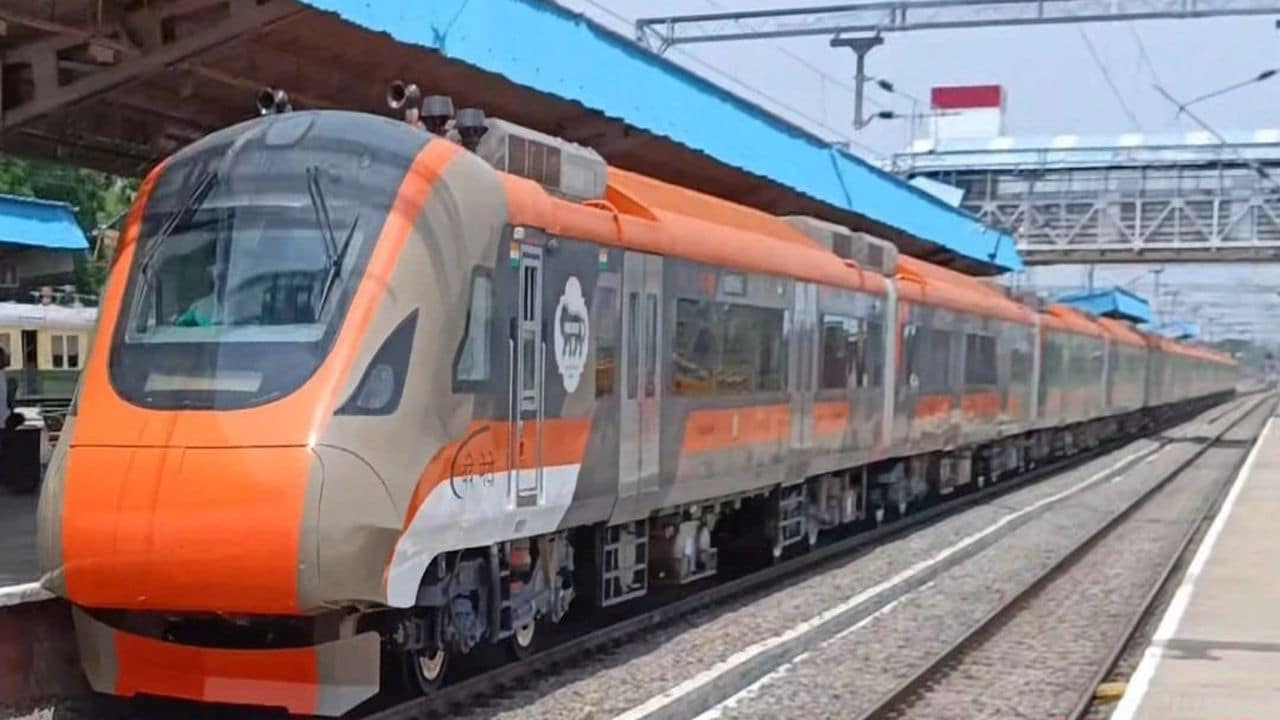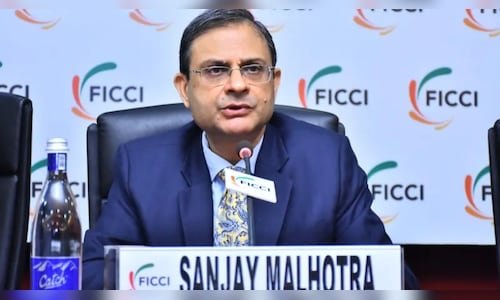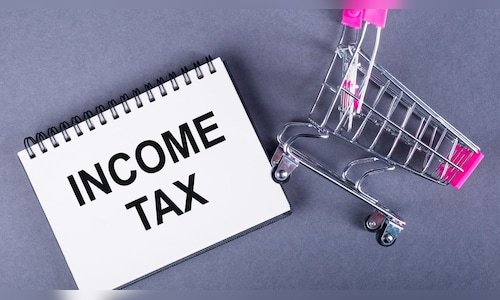
Finance Minister Nirmala Sitharaman is expected to continue the government’s strong focus on modernising Indian Railways with a higher capital expenditure (capex) allocation in the upcoming Union Budget 2025, scheduled for February 1. This follows the record high allocation of ₹2,62,200 crore in the Union Budget 2024 presented on July 23, 2024. The gross budgetary support for the Railways was set at ₹2,52,200 crore, marking a significant rise from ₹2,40,200 crore in 2023-24 and a dramatic increase from ₹28,174 crore in 2013-14.
Experts anticipate this trend will continue, prioritising high-speed rail projects, station redevelopment under the Amrit Bharat scheme, and the expansion of advanced Vande Bharat trains. These initiatives are aimed at modernising infrastructure, enhancing passenger convenience, and positioning Indian Railways as a critical driver of economic growth and connectivity.
Nilachal Mishra, Partner and Head of Government & Public Services at KPMG in India, highlighted the strategic direction of the upcoming Budget.
He stated, “The upcoming Budget is expected to continue its strong focus on transforming Indian Railways. Building on record-high allocations in recent years, it is likely to prioritise high-speed rail, station redevelopment under the Amrit Bharat scheme, and the introduction of advanced Vande Bharat trains. These measures aim to modernise infrastructure, enhance passenger convenience, and position the Railways as a critical driver of economic growth and connectivity.”
Umesh Chowdhary, Vice Chairman & Managing Director of Titagarh Rail Systems, said the railway sector is a strong contender for the government’s production-linked incentive (PLI) scheme.
“We expect a larger infrastructure spend,” he said, stressing that industry expansion is directly linked to the government’s budgetary allocation. If this momentum continues companies like Titagarh Rail Systems would pursue further capital expenditure and capacity expansion, he affirmed.
Freight and decarbonisation efforts
On the freight side, there is growing emphasis on increasing capital for dedicated freight corridors (DFCs) to improve efficiency and support India’s expanding logistics sector. The government is also expected to focus on decarbonisation, shifting freight movement from road to rail to achieve a 40% modal share by 2030.
Mishra added, “A focus on decarbonisation, through a shift of freight movement from road to rail, could play a pivotal role in achieving the goal of 40% modal share by 2030. By leveraging technology, dynamic pricing models, and large-scale modernisation projects, Indian Railways is set to emerge as the cornerstone of India’s infrastructure growth, driving connectivity, logistics, and green mobility.”
Addressing operational challenges and financial sustainability
Despite these ambitious plans, Indian Railways continues to grapple with poor operational ratios. The Union Budget 2024 targeted an operating ratio of 98.22%, only slightly improved from the revised estimate of 98.65% in 2023-24. This means that for every ₹100 earned, ₹98.22 is spent on operations, leaving little room for profit.
Shailesh Agarwal, Partner, Risk Consulting at EY India, pointed out the need for fundamental financial reforms within the sector. He said, “A pressing and long-unanswered question for our nation is how we can address the poor operational ratios of the Railways. The data clearly points to key action areas: Aligning passenger fares with actual service costs, optimising manpower expenditure through technology, and prioritising economically viable projects. By fast-tracking public-private partnership (PPP) initiatives, similar to the successful highway models under NHAI, the Ministry of Railways can unlock immense growth opportunities and drive a more efficient, sustainable future for India’s rail sector.”
Key considerations for the future
1. Balancing passenger and freight services: The government currently focuses heavily on passenger services, which operate at a loss, while freight services remain more profitable. To improve financial sustainability, the Ministry of Railways (MoR) could consider revising passenger fares in line with actual service costs, similar to pricing strategies adopted by mobile operators and the Ministry of Road Transport and Highways (MoRTH).
2. Optimising workforce costs: In 2021-22, 69% of railway revenue expenditure was allocated to staff salaries and pensions. Leveraging automation and technology could help optimise workforce costs and improve financial efficiency.
3. Operational efficiency measures:
- Phasing out railway lines where traffic earnings do not justify operational costs.
- Reducing halts for trains at low-traffic stations, as each additional stop increases fuel consumption by 1-2%.
- Avoiding investments in uneconomic ventures, such as the electrification of lines where it is not financially viable.
4. Expanding public-private partnerships (PPP): The government could accelerate PPP projects to bring private investments into the railway sector. Given the proven success of PPP models in highway infrastructure under NHAI, a similar approach could unlock significant growth opportunities in Indian Railways.



